Charleston is fortunate to have passionate art collectors in its midst and doubly fortunate that collectors like Stephen and Martha Penkhus (Steve and Marty) enjoy sharing their treasured artworks and their enthusiasm for collecting. Inspired by their love of animals and horsemanship, and their interest in British history and traditions, the couple has built—over the last thirty years—a first-rate collection of British sporting paintings. This Friday the Gibbes opens the second exhibition in its series Charleston Collects, which aims to highlight significant fine art collections formed by Lowcountry residents, and will feature twenty paintings from the Penkhus Collection.
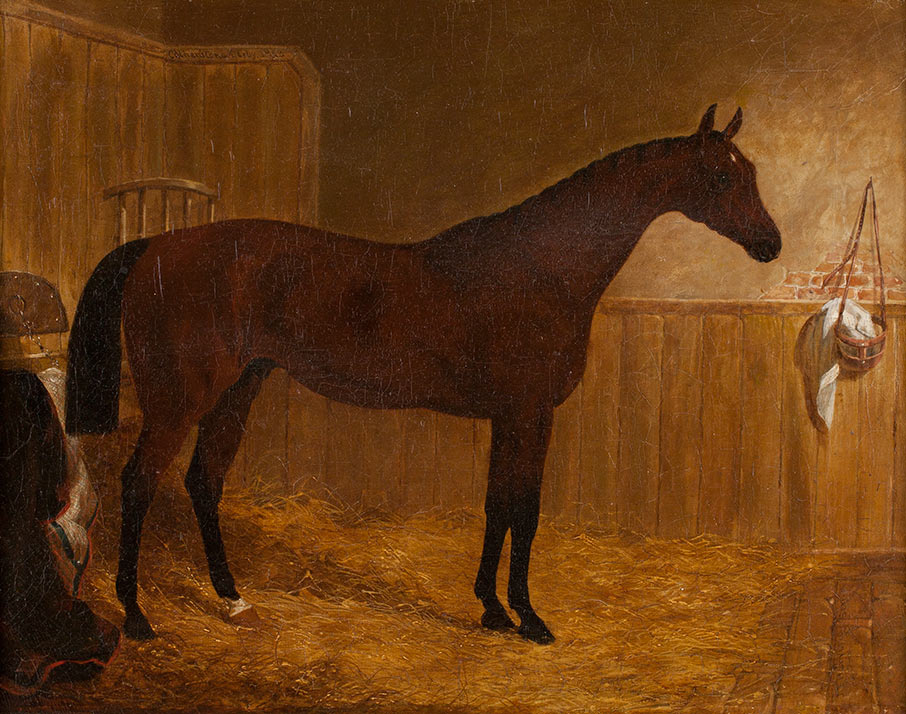
Steve and Marty’s collecting journey began in 1986 when they acquired their first painting, Cotherstone, a portrait of a nineteenth-century, prize-winning racehorse painted by John Frederick Herring, Sr.. Cotherstone famously competed for the English Triple Crown in 1843 and was later painted by numerous artists including John Frederick Herring, Sr., who pictured the champion racer in at least three different paintings. In addition to the quiet stable portrait in the Penkhus Collection, a larger canvas featuring the famed racehorse was purchased by Queen Elizabeth I and is now in the Royal Collection of Her Majesty Queen Elizabeth II. Intrigued by the histories and traditions of the English countryside preserved in the sporting art genre, the Penkhus’s continued to collect. Today their collection encompasses a variety of subjects from vibrant action scenes of horseracing and foxhunting to peaceful pastoral paintings that capture humankind’s relationship with animals.
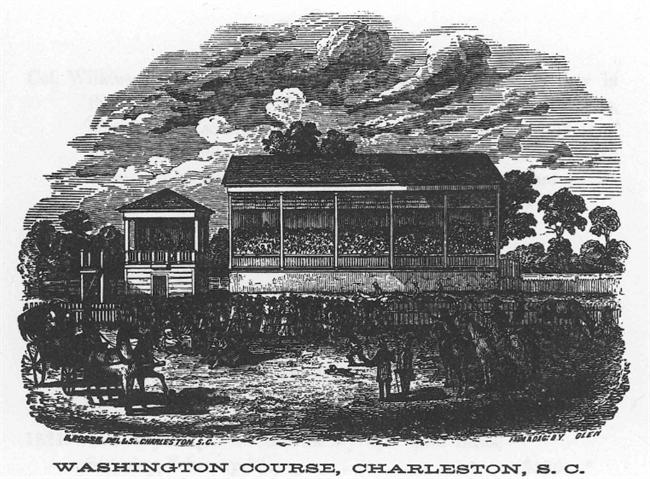
Like England, Charleston has a rich history of equine sporting traditions: the inaugural horse race was run in the city in 1734 when a group of South Carolinians organized the South Carolina Jockey Club–the first in the Colonies. Races were held at as many as ten tracks in the area with the most prominent being the Washington Race Course. Known today as Hampton Park, the Washington Race course came to life for race week every February between 1792 and 1882. A trophy cup presented to Revolutionary War General John McPherson after his horse “Roxanna” won the Jockey Club Purse at the Washington Race Course in 1803 demonstrates the splender also associated with the event.
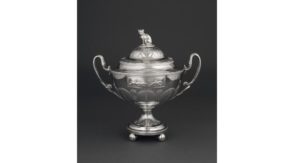
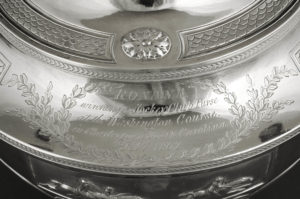
The state is also home to seven foxhunting clubs and the National Steeplechase Museum, which opened in Camden, South Carolina in 1998. Built on the traditions of the city’s eighteenth and nineteenth-century horseracing events, The Steeplechase of Charleston is contested each November.
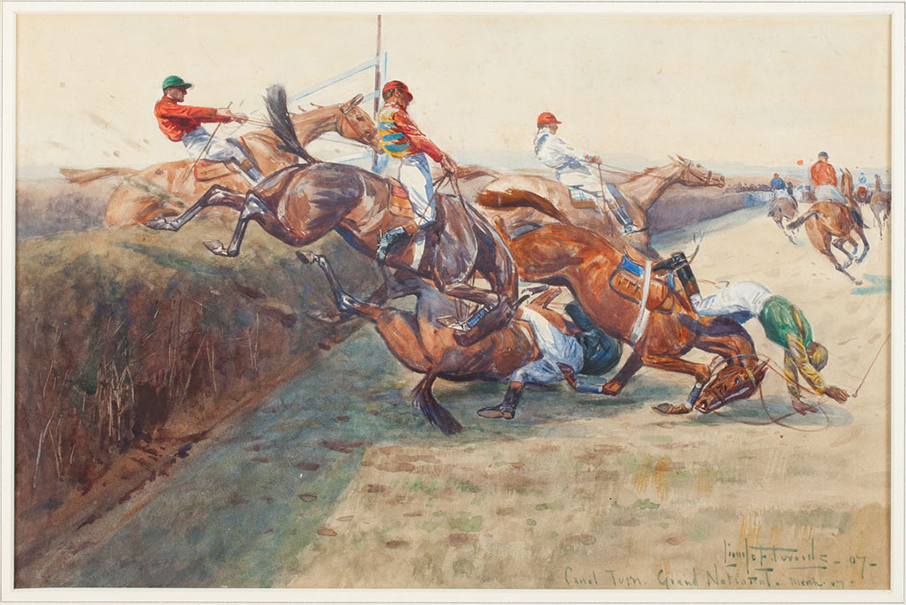
On display February 7 – June 28, the Penkhus Collection of sporting art celebrates intersecting passions for art and sport.
—Sara Arnold, director of curatorial programs
Published February 7, 2020
Top Image: Jogging Home, c. 1920, By John Sanderson Wells (British, 1872 – 1943); Oil on canvas; 24 x 16 inches; Image courtesy of Penkhus Collection

